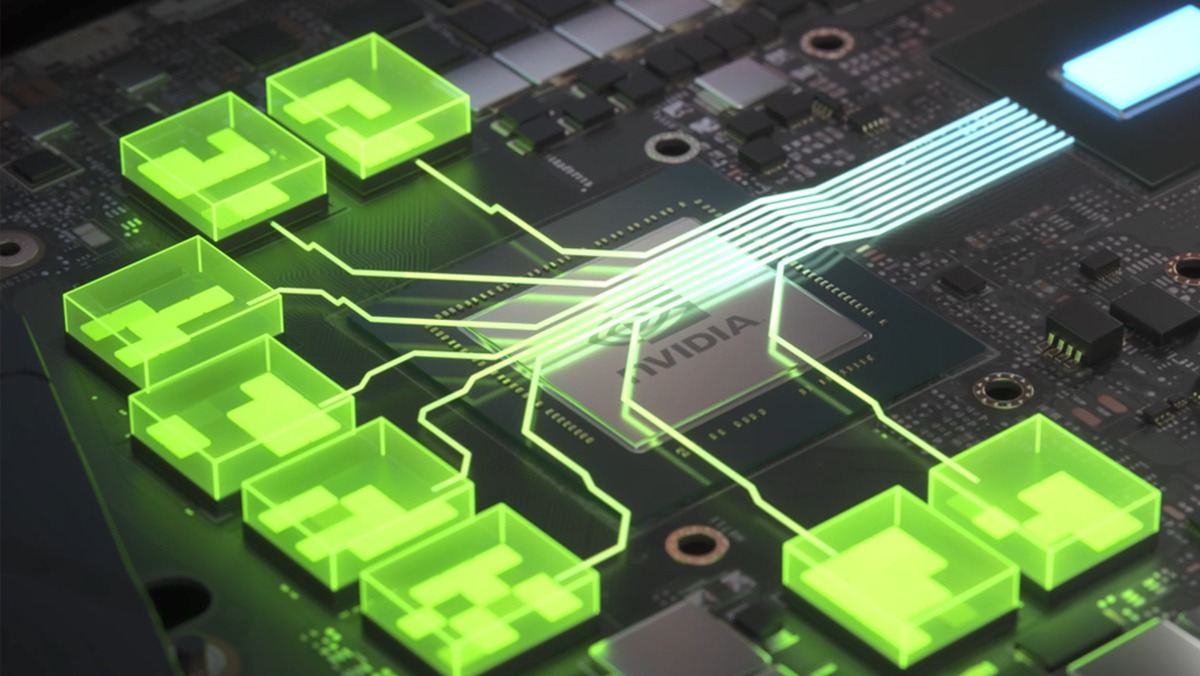
DLSS Materials
DLSS: Behind the Scenes
Training DLSS
NVIDIA reportedly used a supercomputer for 6+ years to train and refine DLSS.
- Eos supercomputer (unveiled 2024) is likely involved.
Such training requires massive volumes of water. It also requires a steady supply of electricity.
- Specific statistics (for DLSS) have not been disclosed by NVIDIA,
- Consumption is speculated to be less than large-scale LLM like ChatGPT, however still signifcant.
Mineral Extraction
NVIDIA chips - like others - require mined elements such as alumuminum, tungsten and gold. NVIDIA issued a responsibility statement in 2022 [LINK], however ethical and environmental concerns still remain:
- There is a lack of regulatory frameworks and authorities in mining regions, often low-income countries.
- Labor is usually compensated below standards and are exposed to hazardous conditions without precautions.
- Environments can often be damaged permanently during the extraction processes.
RTX Chip Manufacture
Third parties TSMC and Samsung have historically provided semiconductor wafers for RTX GPU production at NVIDIA. Throughout development, electricity and "ultrapure" water are used in high amounts.
- 1,500 gallons of raw water → 1,000 gallons ultrapure water.
- Factories globally can consume water equal to a city with 7.5M population.
- Because of third party involvement it is difficult to track or estimate amounts used specifically for RTX production.
Integration
DLSS models require a specific hardware component: "tensor-cores", found exclusively in NVIDIA's RTX-series chips. This closed ecosystem , forces users to purchase NVIDIA products.
- Only the latest RTX 50 GPU supports full features of the DLSS 4 model. Users are forced to upgrade even if they already own a RTX-series unit.
This increases the rate at which such 'older' chips are discarded. The hardware stil has functionality, however users may prefer to switch for imrpoved performance.
- Discarded hardware is then disposed of in recycling programs or ends up in landfills.
- Despite NVIDIA's recycling programs - currently none for the RTX products - materials ultimately end up in landfills or can be sent to Inefficient recycling facilities.
Recycling
Often only few materilas are worth any value to recycle, such as gold, silver, few rare earth elements and sometimes plastics. According to a UN report, 5 billion KGs of e-waste were produced in 2022. Of this, only 22% was formally accounted for.
- That is around the weight of 250M stainless steal spoons, of which only 55M were recovered.
Recycling processes - often operated overseas - can be inefficient with toxic materials leeching into soil and water. Some regions offer cheap labor that allow cost cutting, though come with poor regulations.
- Dumping waste in foreign land has long been a topic of ethical concern due to labor exploitations.
- Ultimately, even such recycling can damage the environment.
Landfills
Because often materials are non-biodegradable, landfills are not a permanent or effective solution. However, few landfills may have processes that can allow repurposing, such as second-hand use, melting, etc.
- Incineration processes release toxic pollutants into the atmosphere, ultimately damaging the envrionment.
- Landfills too are often found in poorer regions, where infrastructure is not built to deal with consequences or clean-up efforts.